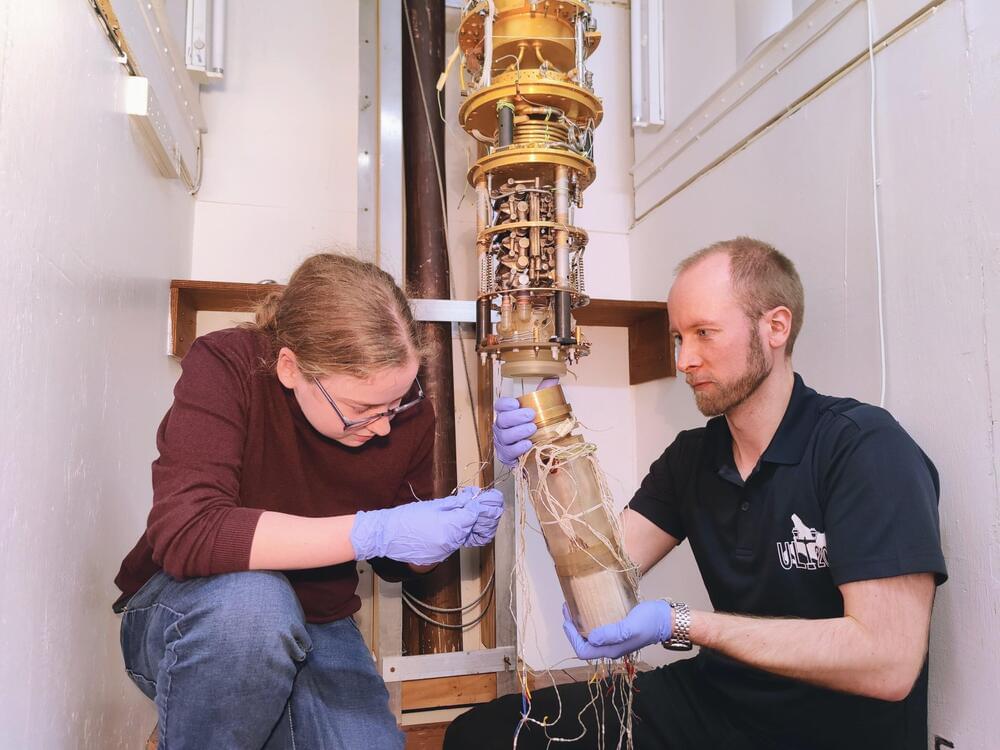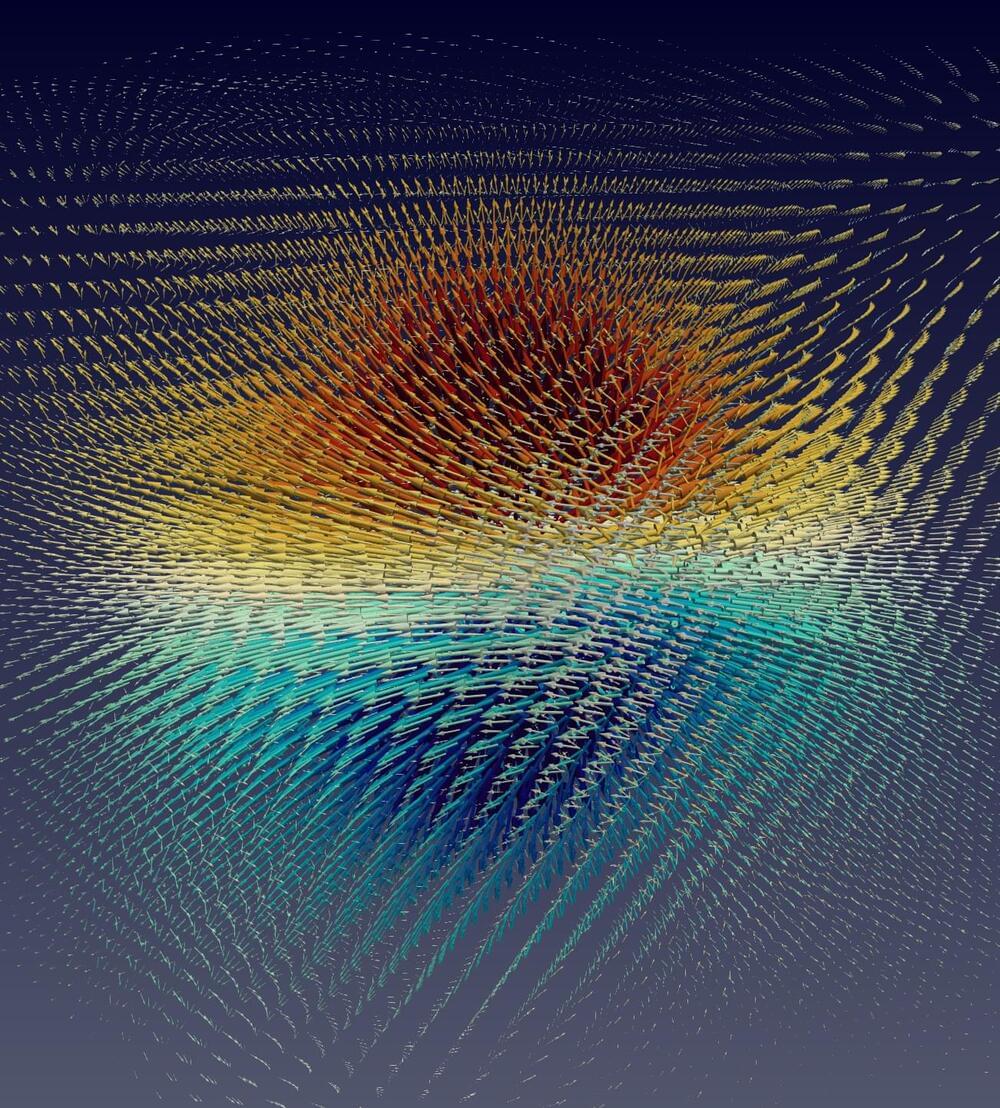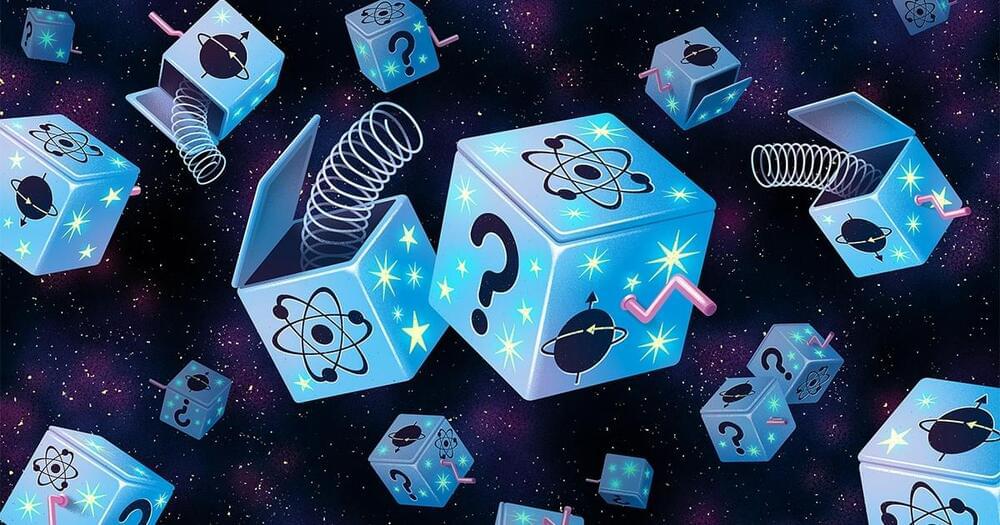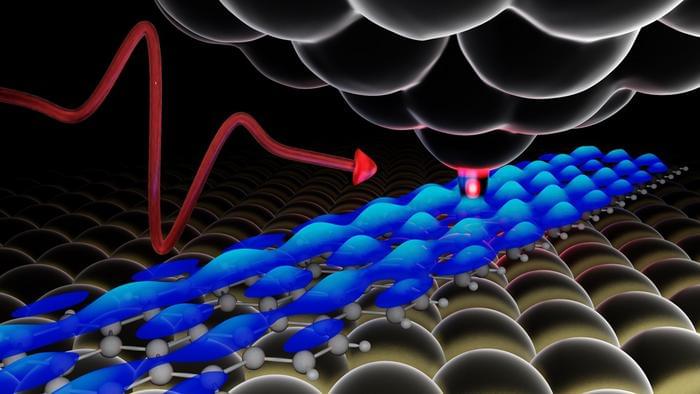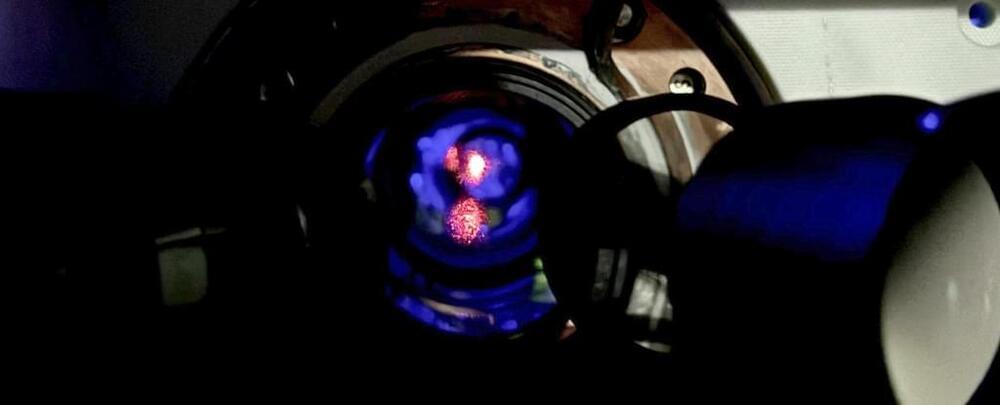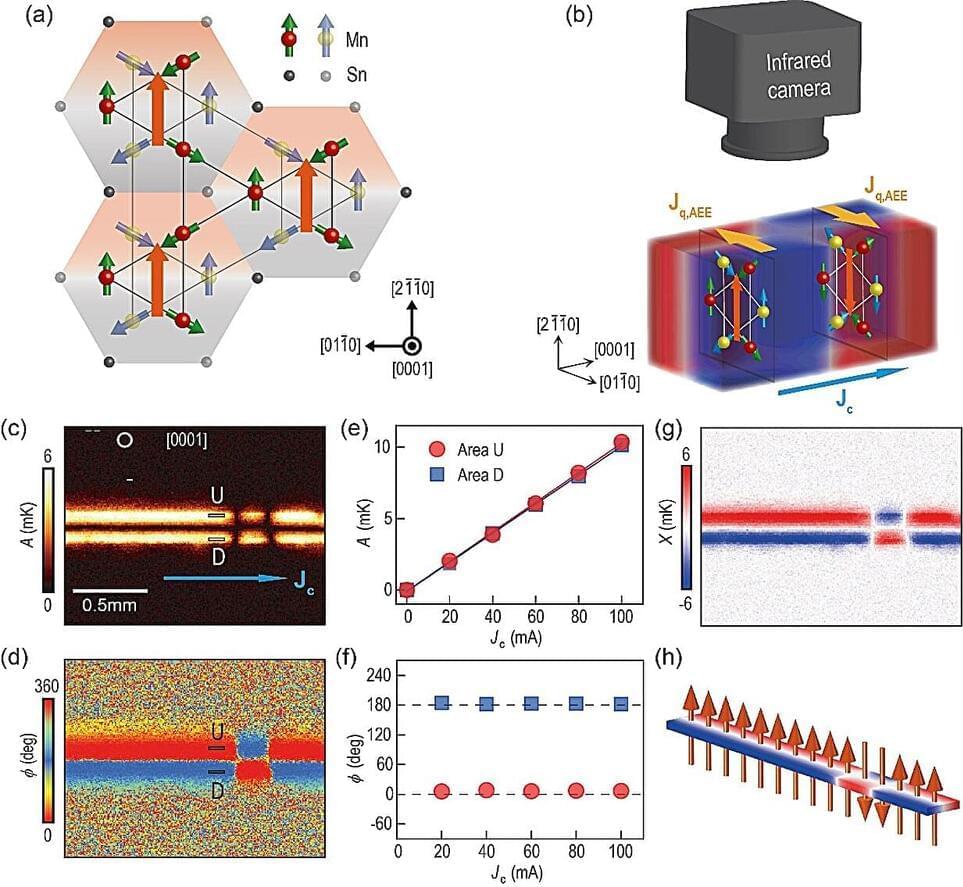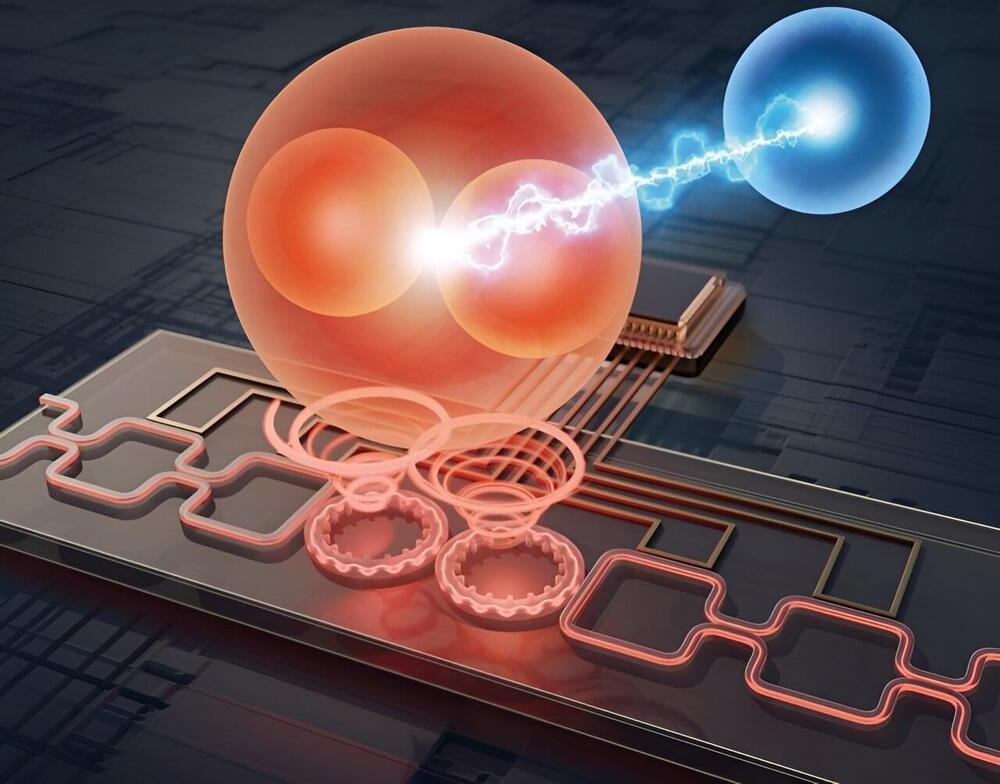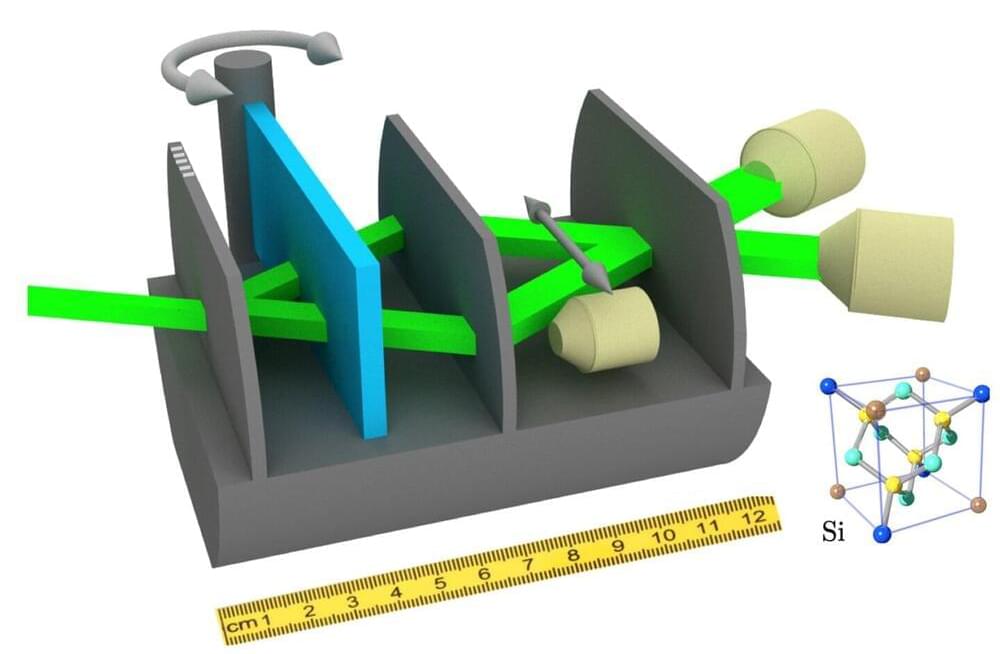Jul 4, 2024
Searching for dark matter with the coldest quantum detectors in the world
Posted by Saúl Morales Rodriguéz in categories: cosmology, particle physics, quantum physics
One of the greatest mysteries of science could be one step closer to being solved. Approximately 80% of the matter in the universe is dark, meaning that it cannot be seen. In fact, dark matter is passing through us constantly—possibly at a rate of trillions of particles per second.
We know it exists because we can see the effects of its gravity, but experiments to date have so far failed to detect it.
Taking advantage of the most advanced quantum technologies, scientists from Lancaster University, the University of Oxford, and Royal Holloway, University of London are building the most sensitive dark matter detectors to date.
